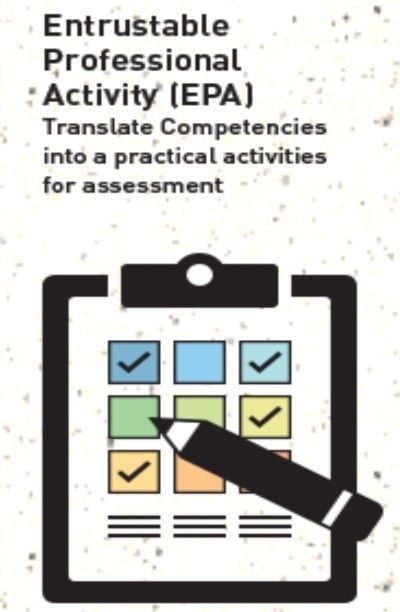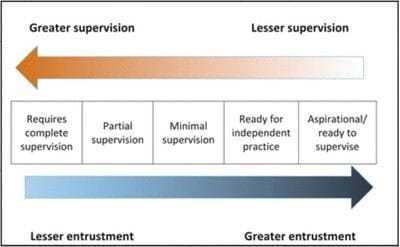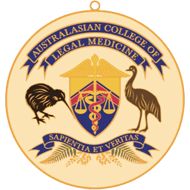Entrustable Professional Activities (EPA's) in Undergraduate Medicine
)
Definition
EPA's are a set of basic competencies required for professional life. They are put in place to replace mere time-related education programs and focus on the capacity of the student to perform the required tasks in their early professional career. The concept evolved in 2005.
NSW Health requirements of medical schools are that they deliver medical graduates with sufficient capacities to function adequately during their intern year (which may well become 2 years in the future).
Traditionally in undergraduate obstetrics and gynaecology training the focus was on delivering as many mothers as was possible. For example one of my fellow students at Crown Street Women's Hospital delivered >40 mothers himself whilst the remainder of the student cohort averaged less than half of that total. What that large experience gave to the model student is uncertain particularly as he later became a gastroenterologist! The experience in gynaecological examinations was obtained by generally unconsented vaginal examinations under anaesthesia of public patients undergoing various gynaecological procedures. Again it is uncertain how that examination under general anaesthesia equipped students for VE's in patients who were awake.
Normally a list of EPA's for a particular craft group is limited to around 15. In O&G the EPA list envisaged by consensus of a number of national and international medical schools includes:
- Uncomplicated Antenatal & Prenatal Care
- Complicated Antenatal & Prenatal Care
- Intrapartum Care
- Childbirth
- High Risk Childbirth
- Postpartum & newborn care
- Benign Gynecology
- Gynecological Technical Skills & Procedures
- Pre-operative care
- Postoperative Care
- Mature Women's Health
- Gynecological oncology
- Urogynecology & Pelvic Floor Problems
- Pediatric & Adolescent Gynecology
- Sexual & Reproductive Health

Some EPA' which are important for the student's professional life such as Delivering Bad News or Open Disclosure are clearly not something we can expect of an intern without further experience. However they should still be introduced as undergraduate teaching to prepare the student for more advanced postgraduate training.
The introduction of the Scorpio program at Western Sydney University O&G Department has paved the way for better individual assessments of each student's capacity, not only to perform a competent vaginal examination on awake professional patients but also to properly assess the student's professionalism in interacting with the patient. That includes their general respectful and informative approach to patient care and their common sense in providing adequate but non-threatening information about that history and gynaecological examination. At the end of each hour-long training session both the obstetrician and gynaecologist and the professional patient provide feedback.
Educating medical students in obstetrics and gynaecology should respond to the demands of general practice and the requirements of new graduates embarking on a career in O&G. We intend to survey our WSU graduates to ascertain how their undergraduate program in O&G did prepare them for postgraduate life.
For a sizeable minority of medical students their emphasis appears to be the steps necessary to pass the exams rather than their competencies to practise as postgraduates.
Abraham Flexner between 1909 & 1910 visited 155 US & Canadian medical schools and then published his Report on Medical Education in the United States and Canada. It included a conceptual model of how modern medical education should be conducted and descriptions of each medical school that were explicit in both praise and censure. In the decade following the Flexner Report the number of medical schools decreased from 133 to 85. In Australia the Australian Medical Council is responsible for ensuring that medical schools meet the requirements of emerging medical graduates. One hopes that early intervention & innovative changes ensure that medical schools meet to those needs.
Further reading:
Garofalo, M., & Aggarwal, R. (2018). Obstetrics and Gynecology Modified Delphi Survey for Entrustable Professional Activities: Quantification of Importance, Benchmark Levels, and Roles in Simulation-based Training and Assessment. Cureus. https://doi.org/10.7759/cureus.3051
Markel H. Abraham Flexner and His Remarkable Report on Medical Education: A Century Later. JAMA. 2010;303(9):888890. doi: https://doi.org/10.1001/jama.2010.225
| Tags:ObstetrcisOther |








